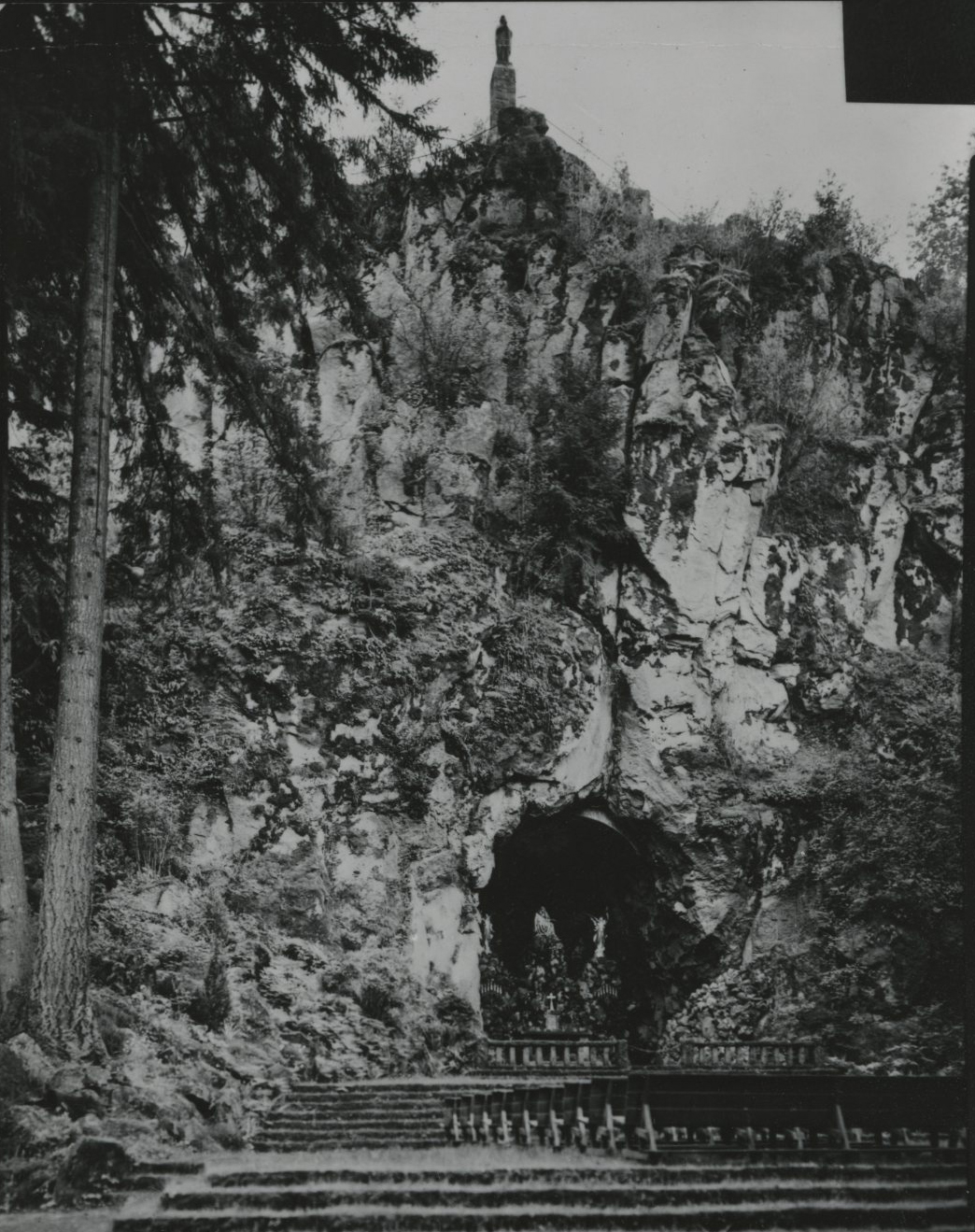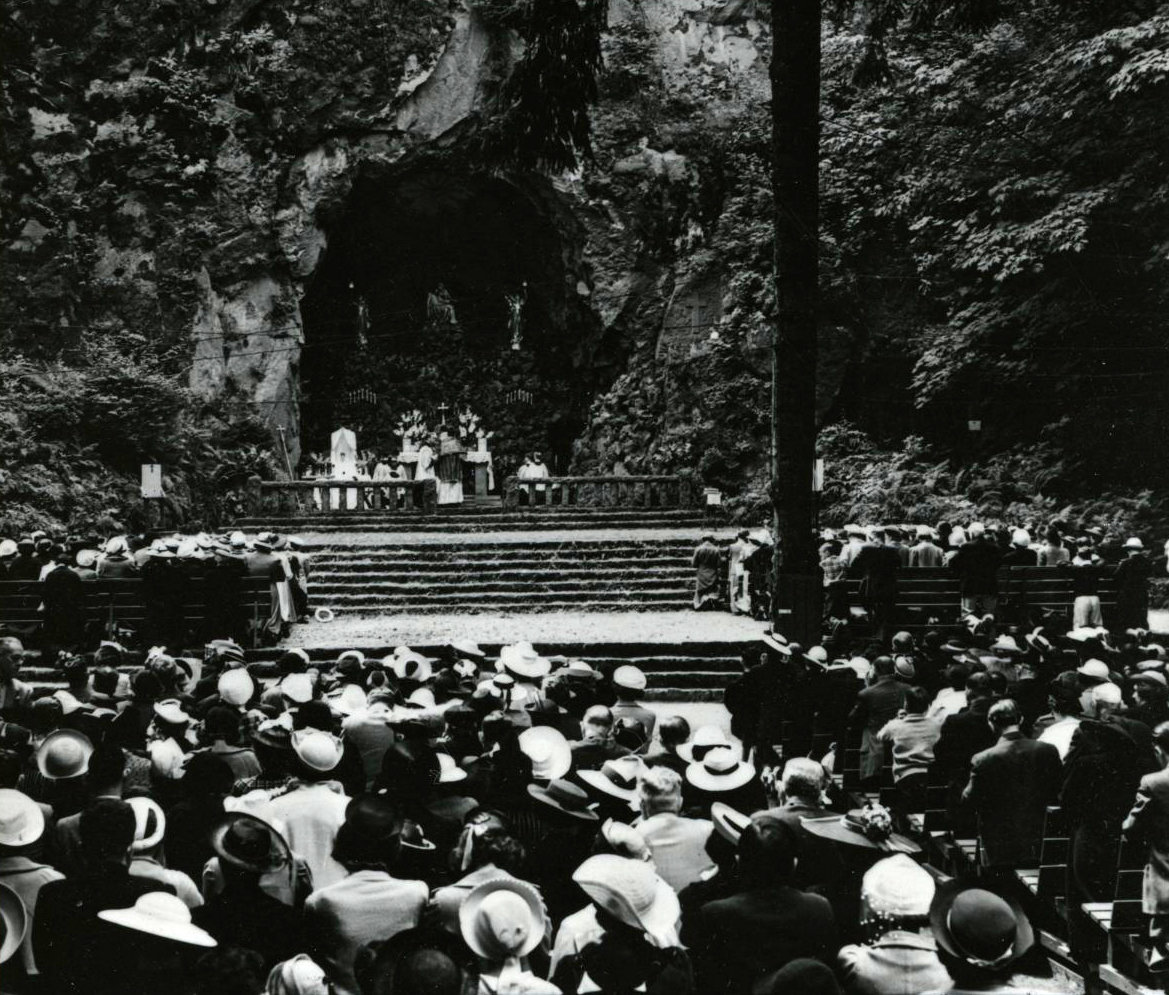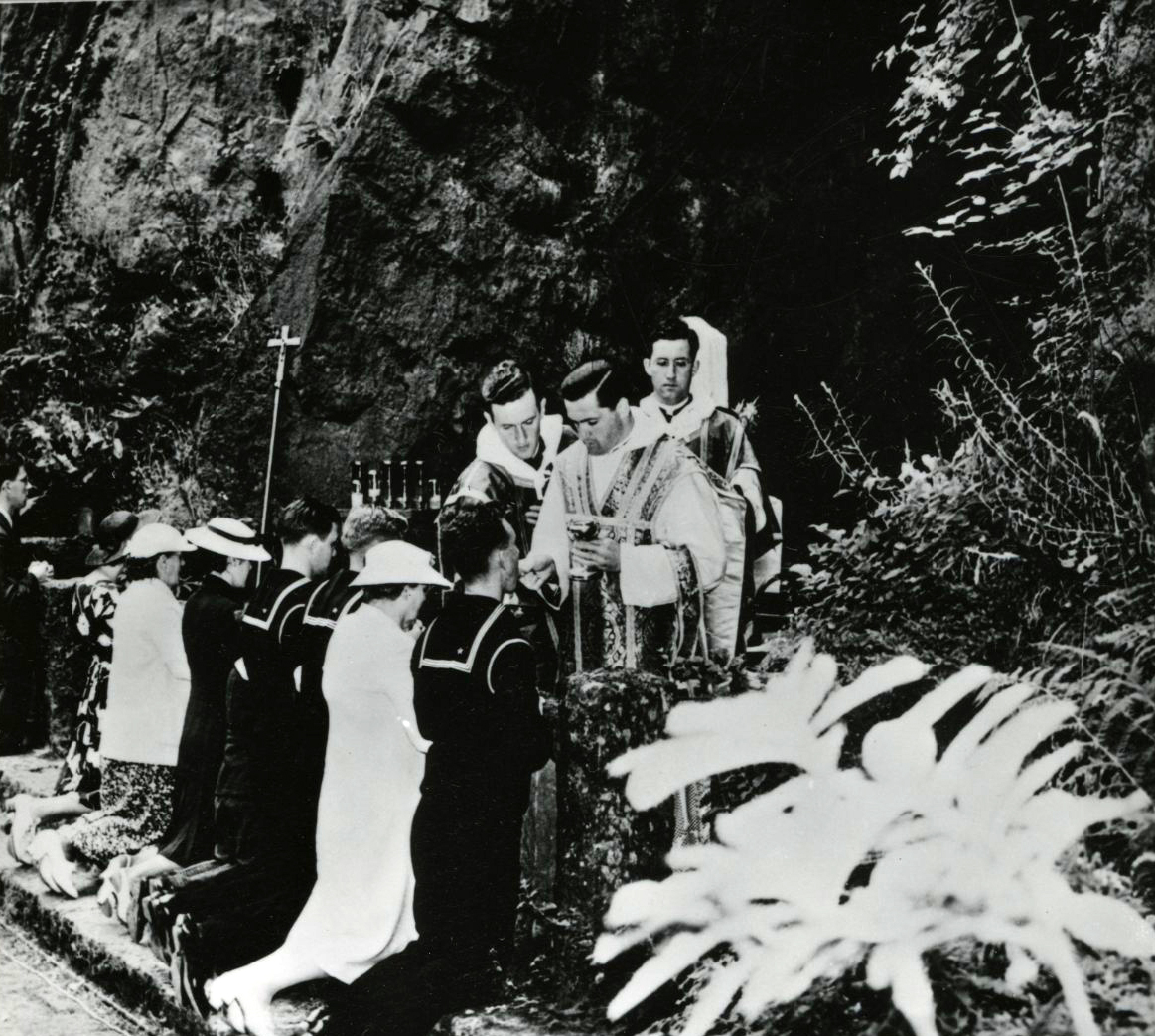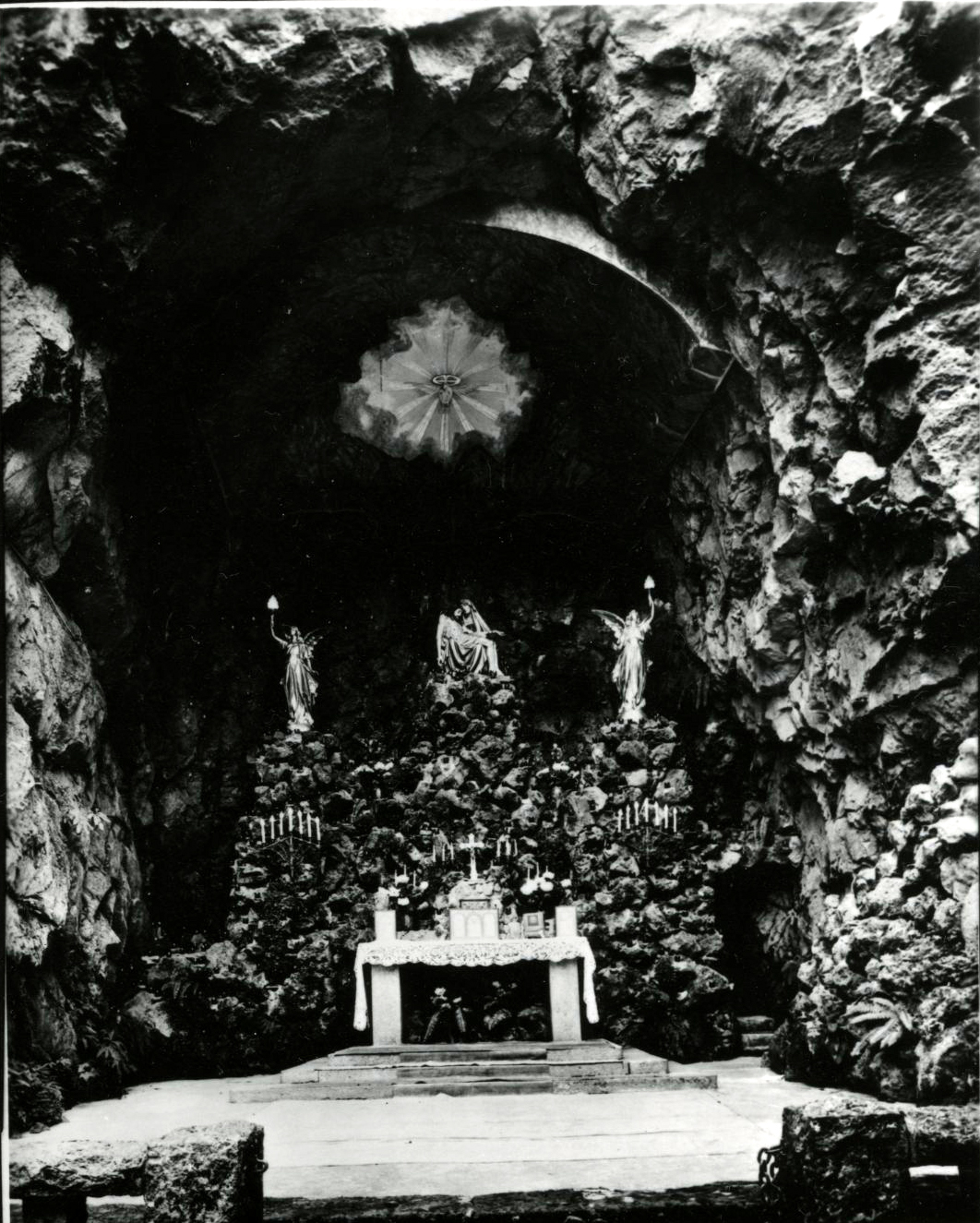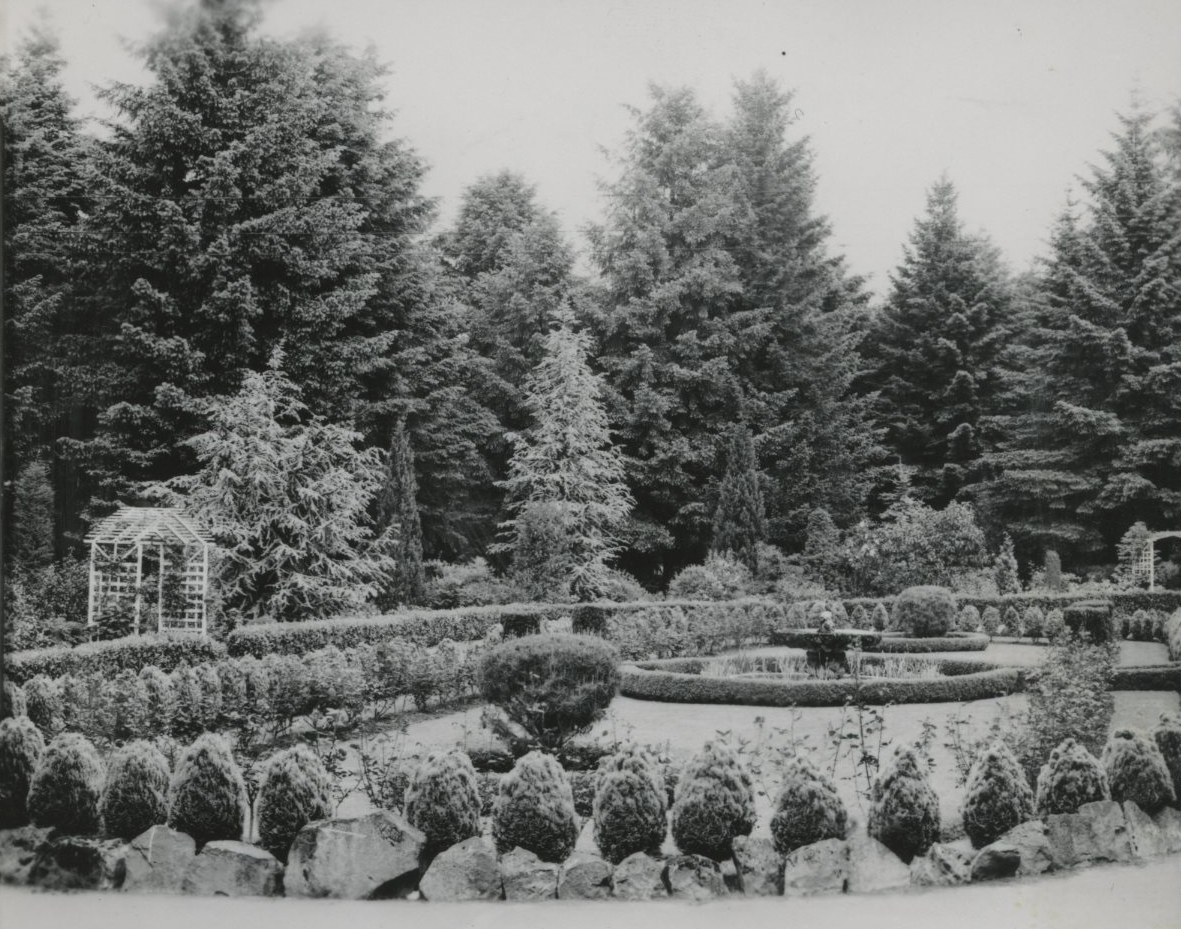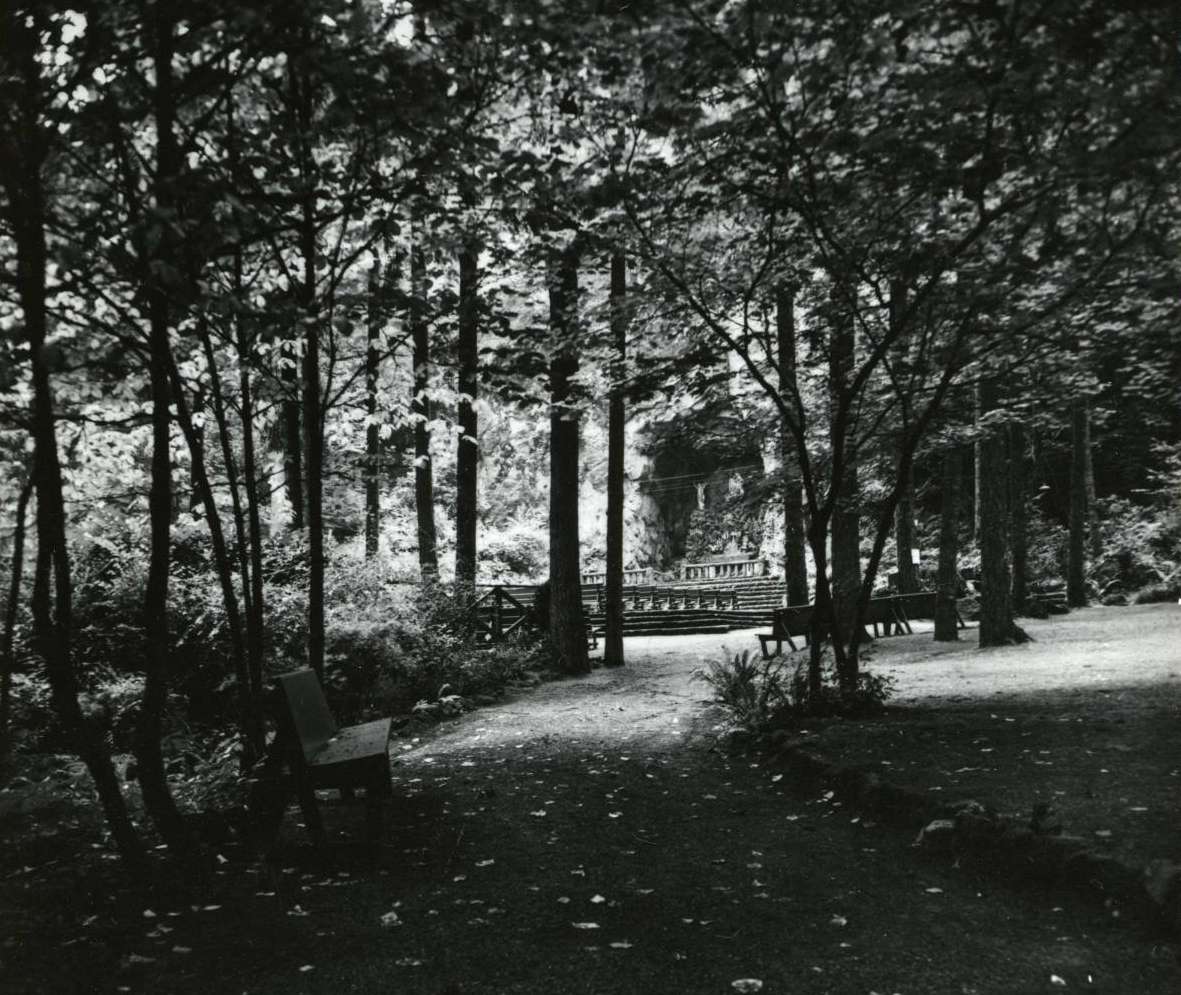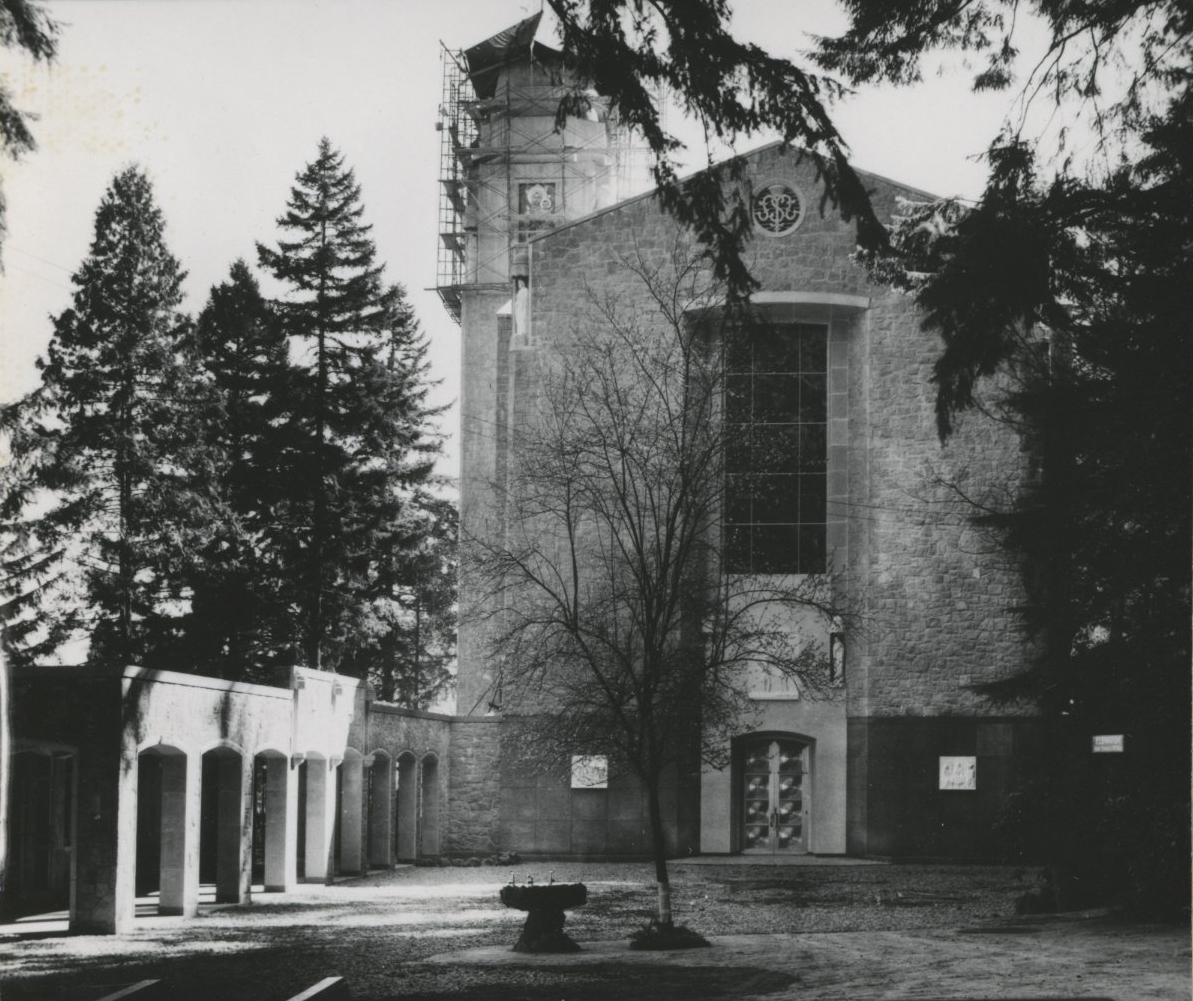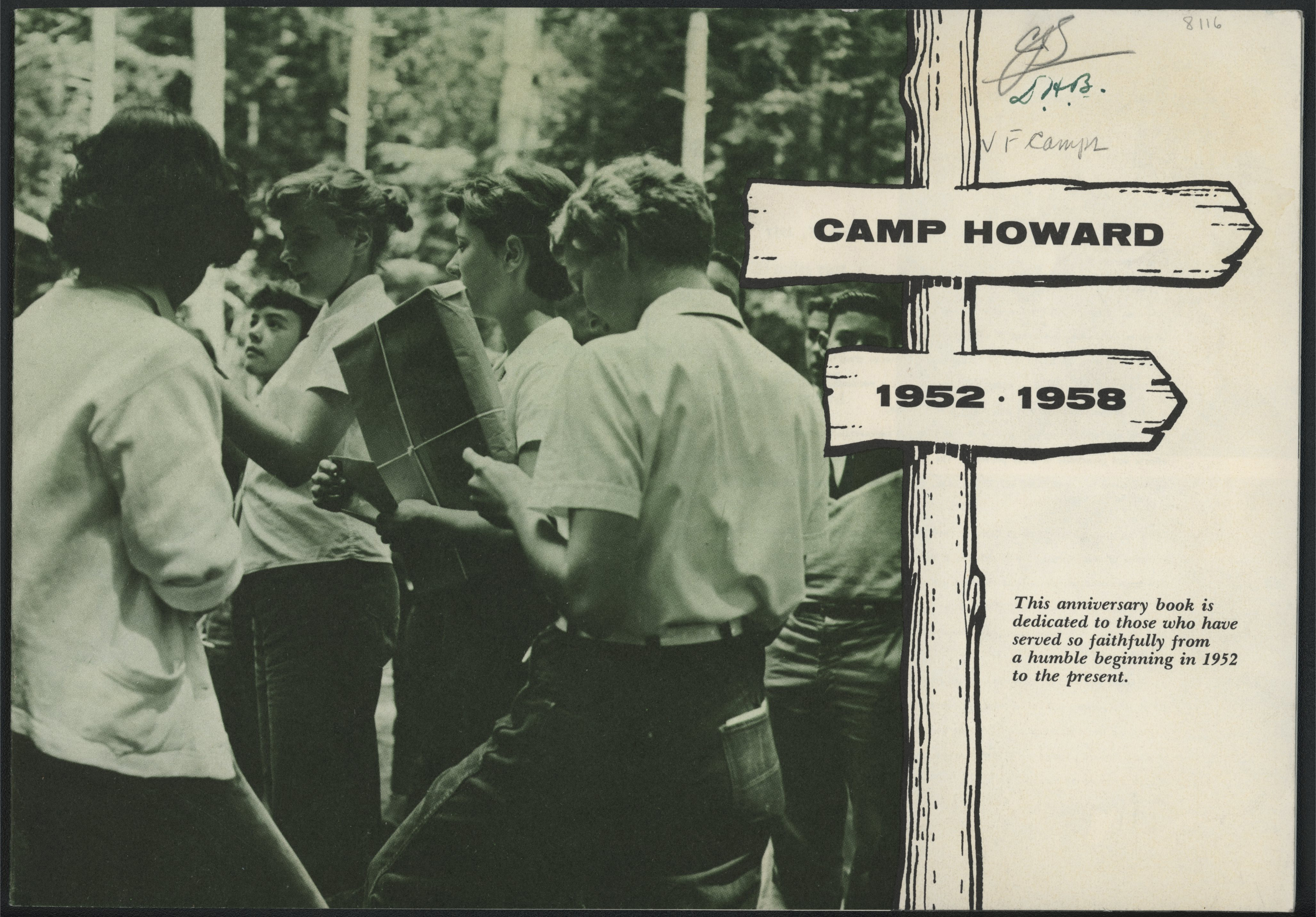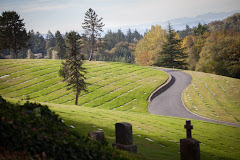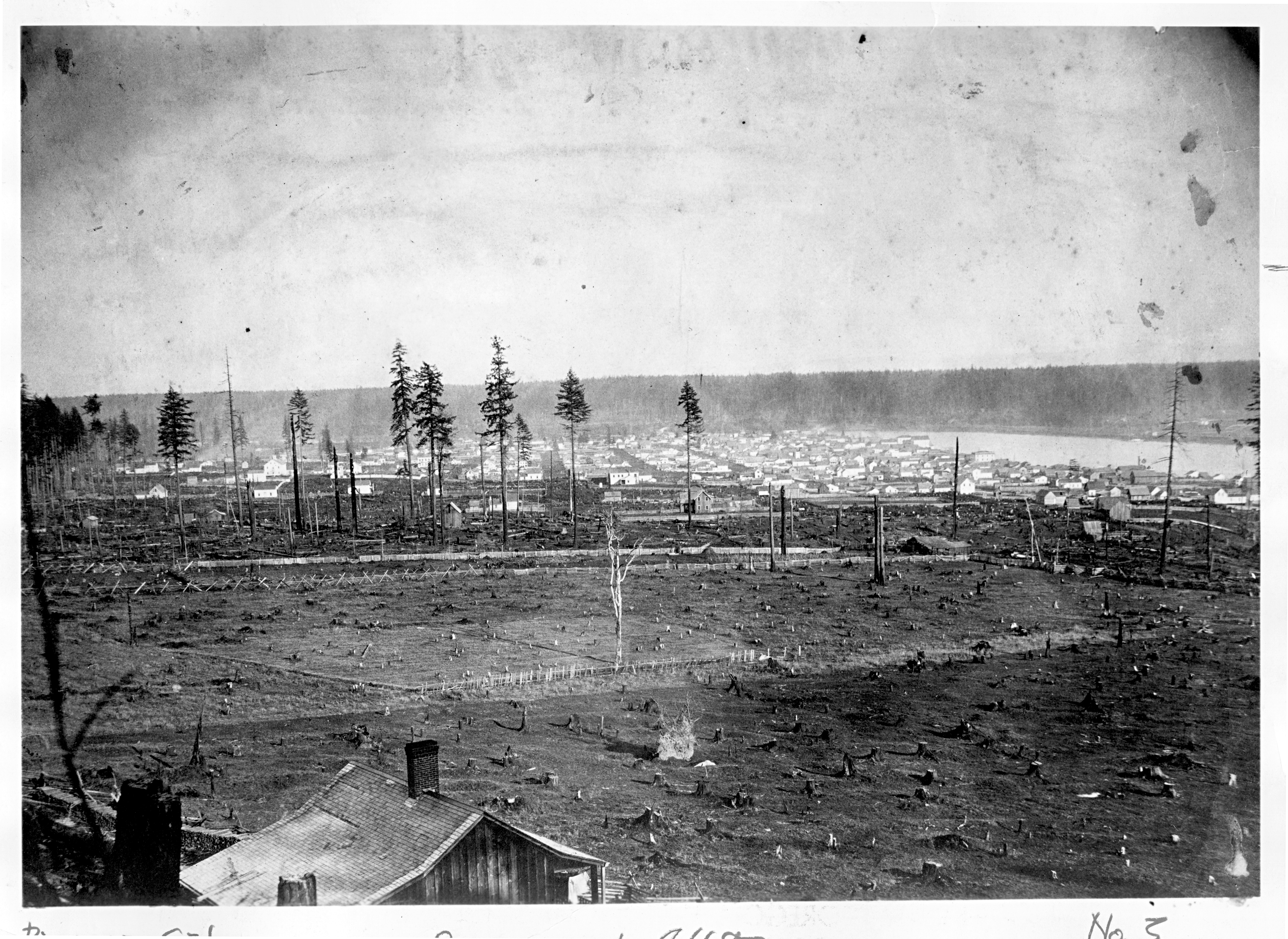The National Sanctuary of Our Sorrowful Mother, also known as The Grotto, is a sixty-two-acre Roman Catholic sanctuary dedicated to Mary, Mother of Jesus. Located in northeast Portland, The Grotto, which opened in 1924, attracts more than 200,000 visitors annually. As a center of religion, culture, and natural beauty, the Sanctuary features over a hundred statues and paths around gardens, ponds, and groves of evergreens.
The Grotto was developed on land purchased in 1923 from the Union Pacific Railroad by a Servite priest, Father Ambrose Mayer, for $48,000. For Mayer, establishing the Sanctuary was a way to repay God for answering his boyhood prayers to keep alive his mother, who had fallen gravely ill in 1892 after the birth of a daughter. Pope Pius XI blessed the project in a letter, and the first mass, led by Alexander Christie, archbishop of Portland, was held on May 29, 1924. The Servites continue to maintain and operate the nonprofit Sanctuary.
The two levels of the grounds are divided by the northern face of Rocky Butte, a 110-foot basalt cliff. The lower level, open year-round to the public, features the centerpiece of The Grotto, a large cavern shrine carved into the base of the cliff wall in 1923. At its center is a replica of Michelangelo’s Pieta. Masses are held from May through September at an outdoor plaza. The Chapel of Mary, built in 1955, is used for indoor masses, concerts, and weddings.
The upper level, accessible for a small fee, contains the Chapel of St. Anne, constructed in 1934 for the first Marian Congress held in the United States. The Peace Garden was added in 1989 and the Meditation Chapel in 1991, with funds from the family of Portland theater owner Tom Moyer in honor of his wife, Marilyn Moyer. The chapel rises from the northern edge of Rocky Butte, with stunning views of the Columbia River and Mount St. Helens.
The Grotto’s mission is to “provide a welcoming presence and a beautiful environment conducive to peace, quiet, and spiritual inspiration.” Services include daily masses, retreat programs, and a counseling center.
The Sanctuary hosts a number of events each year, including the Christmas Festival of Lights in November and December. As the largest Christmas choral program in the world, the festival presents 150 performances by regional choirs, over 500,000 lights, an animal petting zoo, puppet shows, and outdoor caroling. Nearly a thousand community volunteers help make the event possible. Other annual events include the Blessing of the Animals and International Freedom Sunday, a mass and celebration begun in 1976 for Southeast Asian immigrants from Oregon and Washington.
-
![]()
The Grotto, 1939.
Courtesy Oregon Hist. Soc. Research Lib., 007644
-
![]()
Catholic Mass at The Grotto, 1939.
Courtesy Oregon Hist. Soc. Research Lib., 007649
-
![]()
Communion at The Grotto, 1939.
Courtesy Oregon Hist. Soc. Research Lib., 007647
-
![]()
Vigil lights at The Grotto, 1939.
Courtesy Oregon Hist. Soc. Research Lib., 006042
-
![]()
Upper garden of the sanctuary, 1949.
Courtesy Oregon Hist. Soc. Research Lib., 010395
-
![]()
Pathway through the trees at The Grotto, 1949.
Courtesy Oregon Hist. Soc. Research Lib., 007652
-
![]()
Front entrance to The Grotto chapel, 1955.
Courtesy Oregon Hist. Soc. Research Lib., 014666
Related Entries
-
![Catholic Charities of Portland]()
Catholic Charities of Portland
Catholic Charities of Oregon, a member agency of the Catholic Charities…
-
![Mount Calvary Catholic Cemetery]()
Mount Calvary Catholic Cemetery
The Roman Catholic Archdiocese of Portland consecrated the grounds of M…
-
![Portland]()
Portland
Portland, with a 2020 population of 652,503 within its city limits and …
Map This on the Oregon History WayFinder
The Oregon History Wayfinder is an interactive map that identifies significant places, people, and events in Oregon history.
Further Reading
Hovenkotter, Maureen. “Mexican nuns in Servite order aid ministry at The Grotto.” The Oregonian, March 28, 1991: 5.
Pement, Jack. “He Was Servant of Mary.” Portland Oregon Journal May 11, 1958: 2D.



